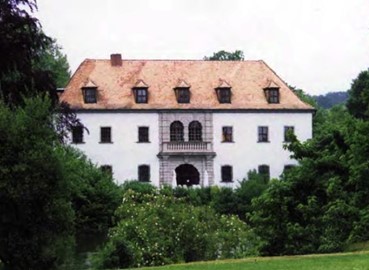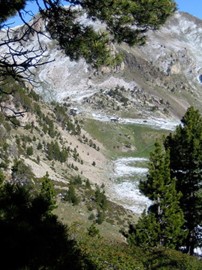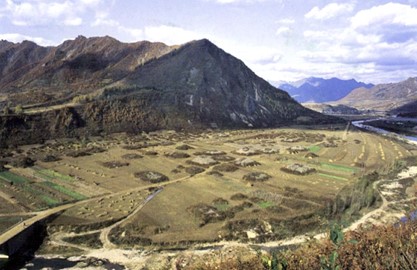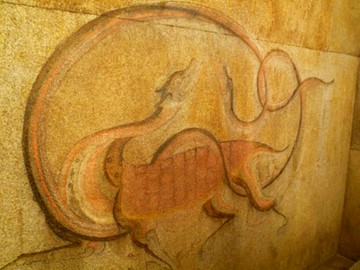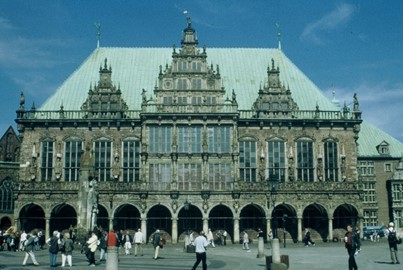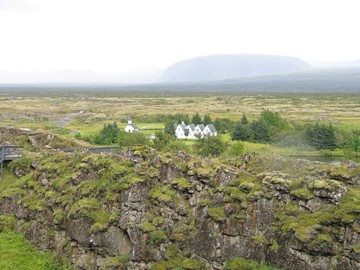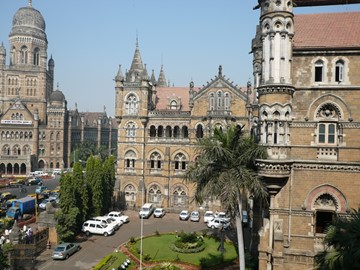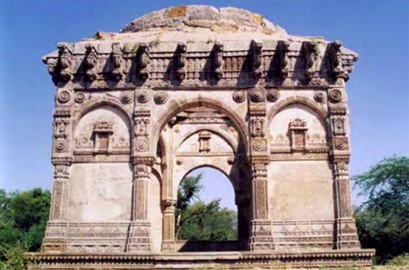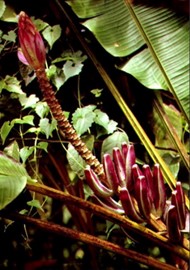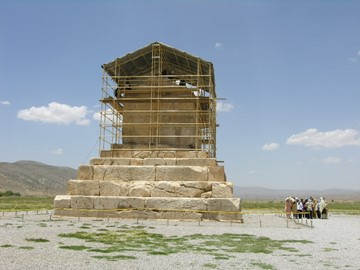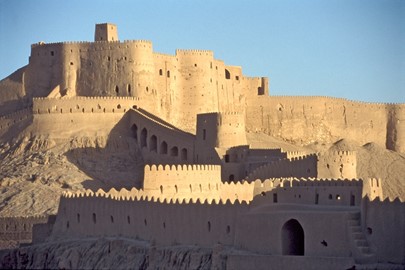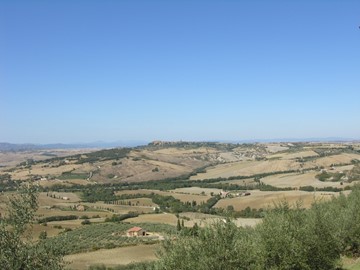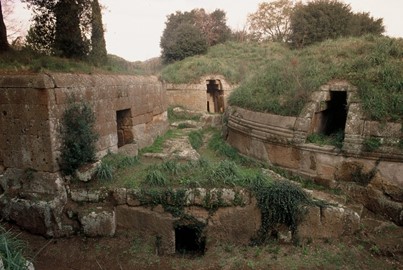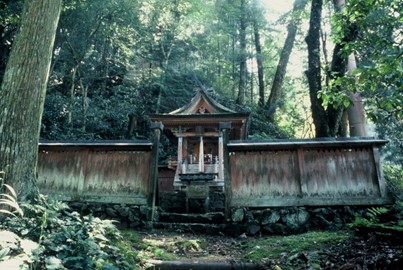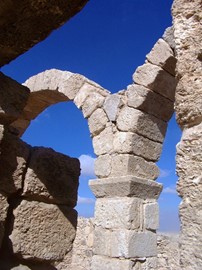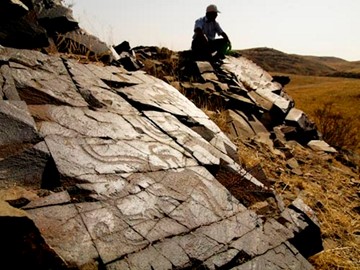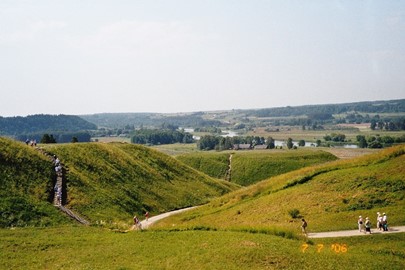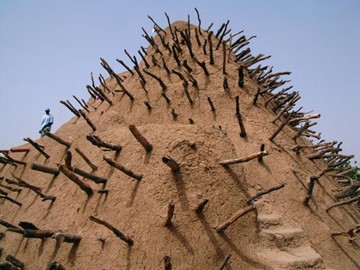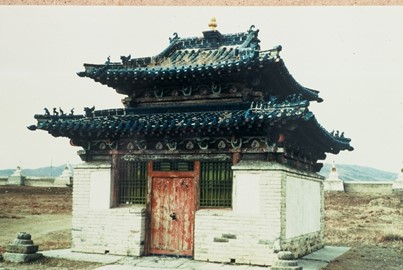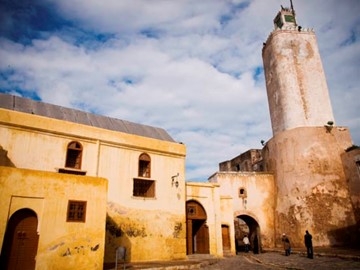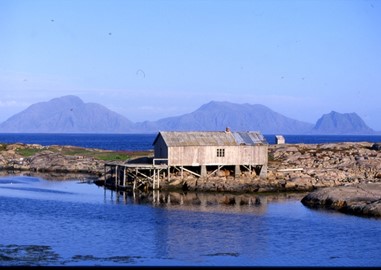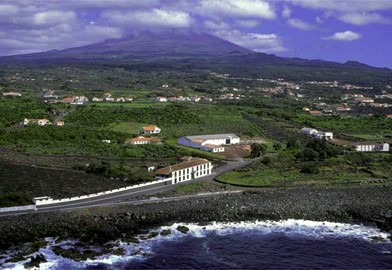year :: 2004
Muskauer Park
Muskauer Park, a UNESCO World Heritage site in Germany and Poland, recognized in 2004, is a 19th-century landscape garden straddling the Neisse River, designed by Prince Hermann von Pückler-Muskau from 1815 to 1844. Blending English-style parkland with castles, bridges, and woodlands, it reflects Romantic ideals of nature and human harmony. This transnational site showcases the region’s cultural heritage, preserving a pioneering example of landscape architecture across borders.
Madriu Perafita Claror Valley
Madriu-Perafita-Claror Valley, a UNESCO World Heritage site in Andorra, recognized in 2004, is a pristine Pyrenean valley preserving a medieval cultural landscape of pastoral life. Featuring stone huts, terraced fields, and trails amid rugged peaks and glacial lakes, it reflects centuries of sustainable agro-pastoral traditions. This isolated site showcases Andorra’s historical heritage, offering a rare glimpse into a pre-industrial alpine way of life untouched by modern development.
Royal Exhibition Building
The Royal Exhibition Building and Carlton Gardens, a UNESCO World Heritage site in Australia, is a grand architectural complex celebrated for its historical and cultural significance. Completed in 1880, the ornate Victorian-era building, with its soaring dome, hosted major international exhibitions, showcasing industrial progress. Surrounded by meticulously designed gardens featuring fountains and tree-lined paths, it reflects 19th-century urban planning ideals. This iconic site stands as a symbol of human ... Read More
Koguryo Kingdom
The Koguryo Kingdom, a UNESCO World Heritage site in China, preserves remnants of an ancient Northeast Asian civilization from the 1st century BCE to 7th century CE. Its fortified cities, elaborate tombs, and vibrant murals showcase advanced architecture and artistry, reflecting the kingdom’s power and cultural sophistication. This site offers a rare glimpse into a pivotal era of regional history and heritage.
Koguryo Tombs
The Complex of Koguryo Tombs, a UNESCO World Heritage site in Korea, is a collection of ancient burial sites from the Koguryo Kingdom, dating back to the 1st century BCE to 7th century CE. Adorned with vivid murals depicting daily life and mythology, these stone tombs showcase exceptional artistry and architectural skill. This site offers a rare window into an influential early East Asian civilization.
Ilulissat Icefjord
Ilulissat Icefjord, a UNESCO World Heritage site in Denmark, is a stunning natural wonder renowned for its massive icebergs and dramatic glacial landscape. Formed by the Sermeq Kujalleq glacier, one of the most active in the world, it produces enormous icebergs that drift into the fjord and beyond into Disko Bay. This site is a critical area for studying climate change and glacial dynamics, offering scientists and visitors a glimpse into the Earth's icy past and present. Its unique beauty and scientific sig... Read More
Town Hall and Roland, Bremen
The Town Hall and Roland, a UNESCO World Heritage site in Germany, is a historic ensemble showcasing Bremen’s medieval and Renaissance heritage. The Town Hall, built in the 15th century, features ornate gables and a grand facade, reflecting civic pride and architectural mastery. Nearby stands the Roland statue, a 1404 symbol of independence and justice, towering over the market square. Together, they represent Bremen’s role as a key Hanseatic trading city. This site offers a striking glimpse into Germany’s ... Read More
Thingvellir
Thingvellir, a UNESCO World Heritage site in Iceland, is a historic and geological marvel where the North American and Eurasian tectonic plates meet, creating a dramatic rift valley. It served as the location for Iceland’s ancient parliament, the Althing, established in 930 AD, making it one of the world’s oldest democratic assemblies. Visitors can explore its unique landscape, including fissures, waterfalls, and clear springs, while soaking in its cultural significance tied to Iceland’s heritage and identi... Read More
Chhatrapati Shivaji Terminus
Chhatrapati Shivaji Terminus, a UNESCO World Heritage site in India, is an iconic railway station renowned for its Victorian Gothic architecture blended with Indian influences. Designed by Frederick William Stevens and completed in 1888, it serves as a major transportation hub and a symbol of the country's colonial past. The structure features intricate stone carvings, pointed arches, and a grand central dome, making it a masterpiece of historical and architectural significance. Today, it stands as a testam... Read More
Champaner Pavagadh
Champaner-Pavagadh, a UNESCO World Heritage site in India, is a remarkable historical and archaeological complex showcasing a blend of Hindu and Islamic architecture. This well-preserved site features an ancient fortified city, mosques, temples, and stepwells, reflecting its rich cultural heritage from the 8th to 14th centuries. The hill of Pavagadh, crowned with a revered temple, adds spiritual significance to this unique destination, recognized for its outstanding universal value.
Sumatra Tropical Rainforest
The Sumatra Tropical Rainforest, a UNESCO World Heritage site in Indonesia, is renowned for its rich biodiversity and ancient ecosystems. This protected region is home to rare species like the Sumatran orangutan, tiger, and rhinoceros, thriving within its lush, dense forests. Its global significance lies in its role as a critical conservation area, preserving unique flora and fauna for scientific study and environmental balance.
Pasargadae
Pasargadae, a UNESCO World Heritage site in Iran, is an ancient city founded by Cyrus the Great in the 6th century BCE, serving as the first capital of the Achaemenid Empire. It features the impressive Tomb of Cyrus, a simple yet monumental limestone structure, alongside remnants of palaces and gardens that showcase early Persian architecture and urban planning. The site’s historical significance lies in its representation of the empire’s cultural and political achievements, offering valuable insights into ... Read More
Bam
Bam Cultural Landscape, a UNESCO World Heritage site in Iran, showcases a remarkable example of an ancient qanat irrigation system integrated with traditional desert architecture. This historic oasis features the well-preserved Arg-e Bam citadel, a sprawling mud-brick fortress, alongside date palm groves and gardens sustained by underground water channels. Recognized for its cultural and historical significance, it reflects centuries of human ingenuity in adapting to an arid environment.
Val d'Orcia
Val d’Orcia, a UNESCO World Heritage site in Italy, exemplifies a harmonious blend of Renaissance agricultural planning and picturesque Tuscan scenery. This cultural landscape features rolling hills, vineyards, olive groves, and medieval villages like Pienza and Montalcino, shaped by centuries of human cultivation. Its distinctive beauty, immortalized in art and literature, highlights an enduring relationship between people and nature.
Etruscan Necropolises
The Etruscan Necropolises, a UNESCO World Heritage site in Italy, represent an extraordinary collection of ancient burial sites showcasing the sophisticated culture of the Etruscan civilization. These well-preserved tombs, adorned with intricate frescoes, carvings, and architectural features, offer insights into Etruscan beliefs, art, and daily life from the 9th to 1st centuries BCE. Recognized for their historical and archaeological value, they highlight a unique pre-Roman legacy in the Mediterranean.
Kii Mountain
The Sacred Sites and Pilgrimage Routes in the Kii Mountain Range, a UNESCO World Heritage site in Japan, encompass a network of ancient Shinto shrines, Buddhist temples, and forested trails. This spiritual landscape highlights the fusion of Shinto and Buddhist traditions, with key sites like Yoshino, Omine, and Koya connected by historic pilgrimage paths. Recognized for its cultural and religious importance, it reflects centuries of devotion and harmony with nature.
Um er Rasas
Um er-Rasas, a UNESCO World Heritage site in Jordan, is an ancient archaeological site renowned for its well-preserved Roman, Byzantine, and early historical ruins. The site features a fortified Roman military camp, several churches with intricate mosaic floors, and a unique blend of cultural influences from successive civilizations. Its historical significance lies in its representation of architectural and artistic achievements across centuries.
Tamgaly
The Archaeological Landscape of Tamgaly, a UNESCO World Heritage site in Kazakhstan, is renowned for its vast collection of ancient rock carvings and archaeological remains. This site features over 5,000 petroglyphs, depicting hunting scenes, animals, and human figures, dating back to the Bronze Age and later periods. Scattered across a rugged terrain, it includes burial sites and settlements that highlight prehistoric cultural practices. It stands as a testament to the artistic and historical legacy of ear... Read More
Kernavė
Kernavė, a UNESCO World Heritage site in Lithuania, is an archaeological treasure showcasing over 10,000 years of human settlement, from the late Palaeolithic period to the Middle Ages. Once a thriving medieval capital of the Grand Duchy of Lithuania, it features five impressive hill forts, ancient settlements, and burial sites along the Neris River, reflecting the region’s rich pagan and Christian history. Recognized in 2004, Kernavė stands as a testament to the evolution of Baltic culture and is often cal... Read More
Tomb of Askia
The Tomb of Askia, a UNESCO World Heritage site in Mali, is a striking 15th-century mud-brick pyramid built by Emperor Askia Mohammad I as his mausoleum. This architectural marvel, featuring a stepped design and wooden protrusions for structural support, exemplifies West African Sahelian style and reflects the region’s historical Islamic influence. It served as a royal tomb and mosque, symbolizing the power of the Songhai Empire during its peak. Today, it stands as a testament to Mali’s rich cultural herita... Read More
Luis Barragán House and Studio
The Luis Barragán House and Studio, a UNESCO World Heritage site in Mexico, is a masterful example of modern architecture designed by the renowned architect Luis Barragán between 1947 and 1948. This iconic residence showcases his innovative use of color, light, and space, blending traditional Mexican elements with minimalist design. Preserved as a museum, it offers insight into Barragán’s creative process and remains a testament to his lasting influence on global architecture.
Orkhon Valley
The Orkhon Valley, a UNESCO World Heritage site in Mongolia, is a historically and culturally significant region showcasing the evolution of nomadic pastoral traditions over more than two millennia. It features ancient archaeological remains, including the 6th-century Turkic memorials, the 8th-century Orkhon inscriptions—the oldest known Turkic writings—and the 13th-century capital of the Mongol Empire, Karakorum. The landscape, encompassing grasslands, rivers, and mountains, reflects the enduring relations... Read More
Mazagan (El Jadida)
Mazagan, also known as El Jadida, is a UNESCO World Heritage site in Morocco, recognized for its well-preserved Portuguese fortified city from the 16th century. This coastal settlement showcases a unique blend of European and Moroccan architectural influences, highlighted by its impressive ramparts, bastions, and cistern. Established as a trading post in 1502, it reflects early Renaissance urban planning and military design, making it a significant historical and cultural landmark. Today, it stands as a tes... Read More
Vegaøyan
Vegaøyan – The Vega Archipelago is a UNESCO World Heritage site in Norway, recognized for its unique cultural landscape shaped by generations of fishermen and farmers. Located near the Arctic Circle, it showcases a sustainable way of life based on fishing and the traditional harvesting of eider duck down, a practice dating back over 1,500 years. The site features fishing villages, quays, eider houses, and lighthouses, reflecting human resilience in a harsh environment and the significant role of women in th... Read More
Pico Island
The Pico Island Vineyard Culture, a UNESCO World Heritage site in Portugal, showcases a unique landscape shaped by centuries of traditional viticulture on a volcanic island. Its distinctive network of black basalt stone walls protects vines from harsh sea winds and salt spray, creating a microclimate for grape cultivation in nutrient-rich lava soil. This ingenious adaptation by generations of farmers, along with historic wine cellars, manor houses, and churches, reflects a remarkable blend of human resilien... Read More
